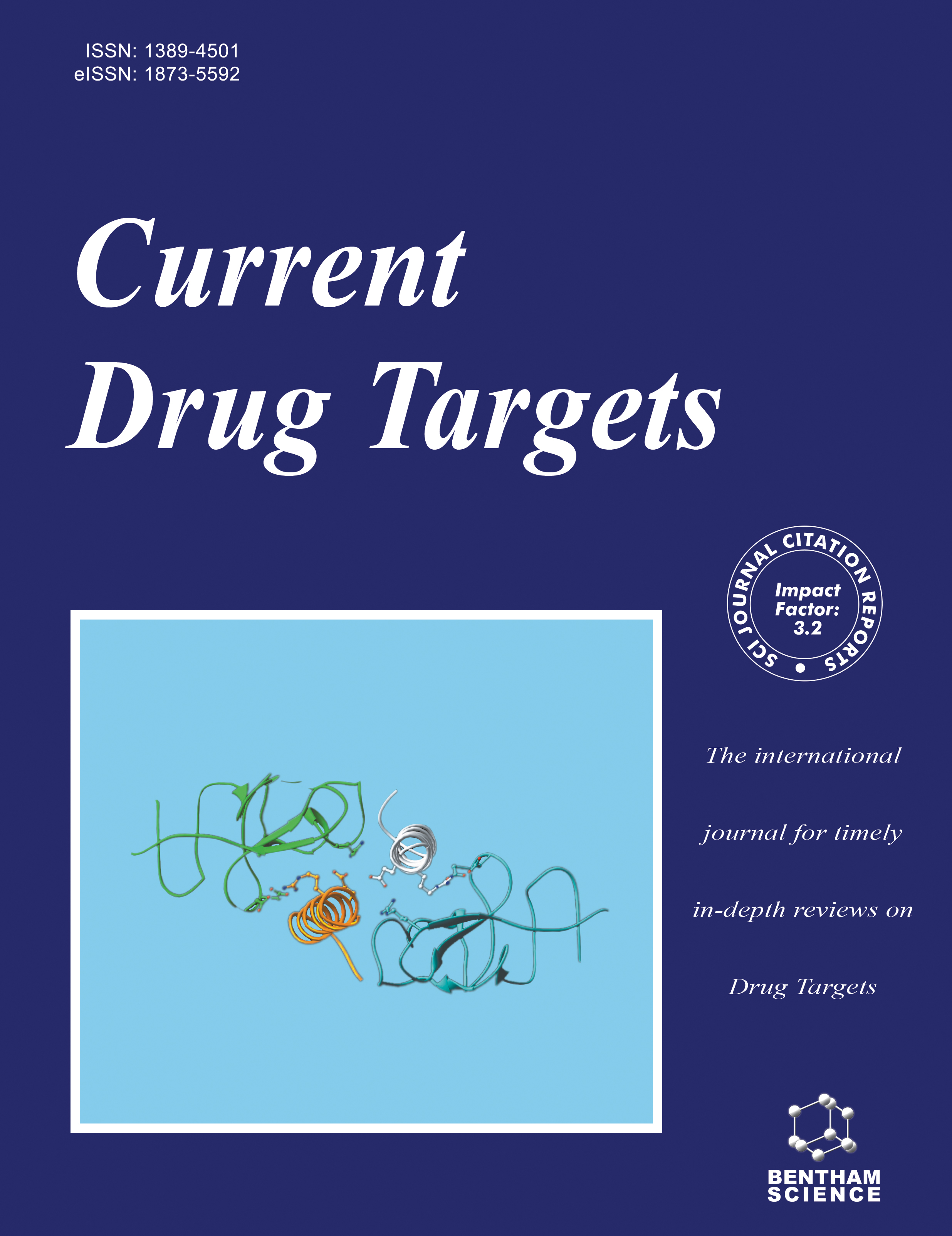
Full text loading...

Cancer is a significant human health concern due to its increasing mortality rate and profound impact on public health and healthcare systems. The cytotoxic, antiproliferative, immunosuppressive, and apoptogenic properties of scorpion venom proteins and peptides have been observed in various cancer cell lines. Therefore, the purpose of this study was to investigate the potential use of proteins derived from scorpion venom in cancer treatment. In this study, the effects of different scorpion venoms on transmembrane channels, the inhibition of angiogenesis, the inhibition of invasion and metastasis, the inhibition of proliferation, and the induction of apoptosis were investigated, as were their clinical applications in the treatment of hepatocellular carcinoma and breast, cervical, prostate, colorectal, and melanoma cancers. The results showed that various scorpion venoms can suppress cell growth, stimulate apoptosis, reduce tumor size, and enhance the immune response, thereby serving as alternative drugs for treating various types of cancers and their metastasis. This review suggests a positive association between scorpion venom (SV) proteins and the treatment of these cancers. Future research should focus on understanding the underlying mechanisms, identifying biomarkers to predict response, and exploring potential combination therapies to increase the efficacy of scorpion venom proteins in cancer treatment.

Article metrics loading...

Full text loading...
References


Data & Media loading...